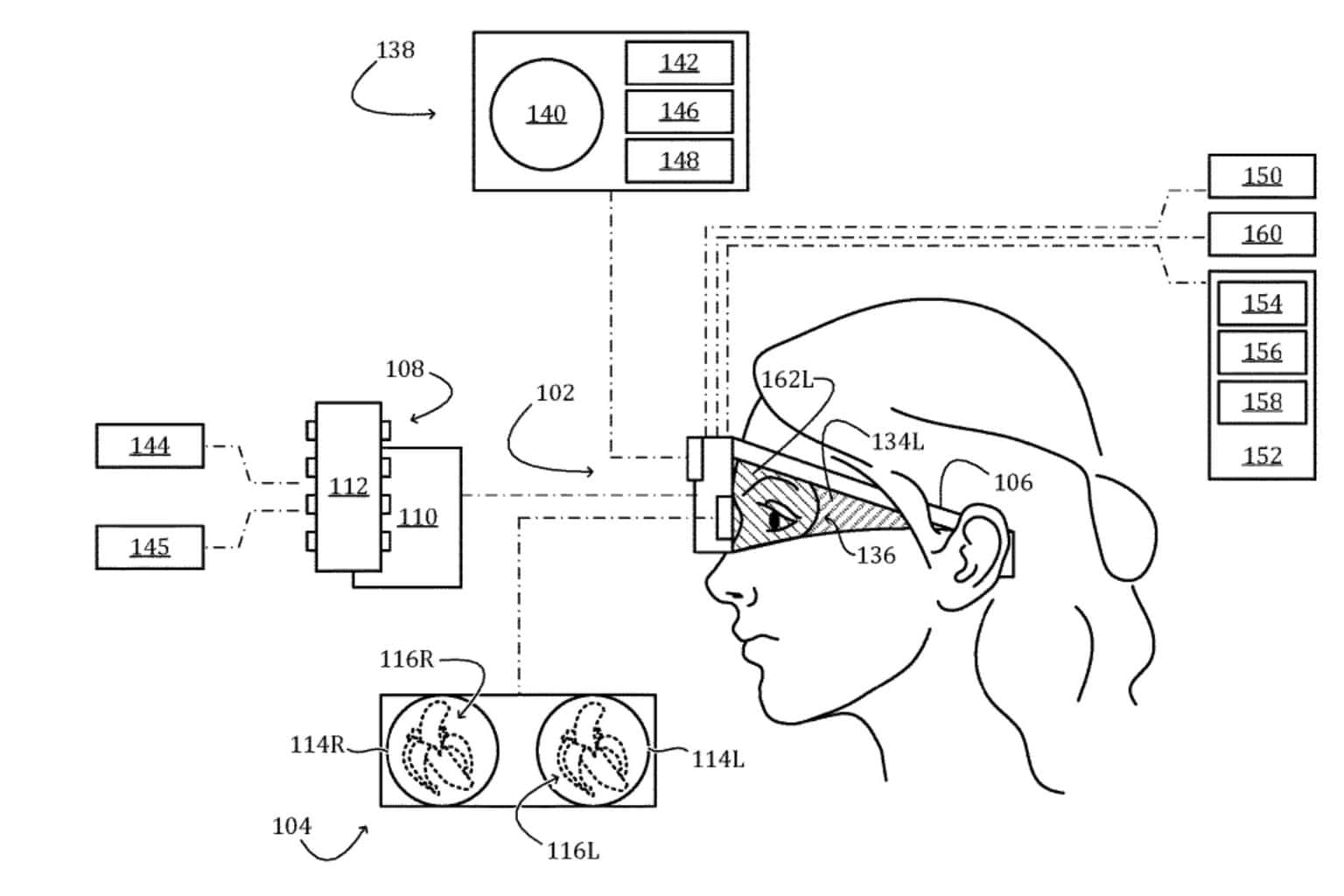KB4507453 breaks SFC/scannow command in Windows 10
2 min. read
Published on
Read our disclosure page to find out how can you help Windows Report sustain the editorial team Read more

The recent Windows 10 version 1903 update seems to be causing the sfc/scannow function to crash.
According to many Windows 10 users, the sfc/scannow feature has stopped working. It’s reportedly unable to fix the corrupted files after the recent Windows Defender update.
What is sfc/scannow?
SFC/scannow is a Windows System File Checker tool that comes integrated with Windows 10. Its function is to scan Windows for missing or corrupted files and restore them. The SFC/scannow feature is run when some of the Windows functions stop working or crash.
Although it’s running pretty fine when initiating a scan, it’s eventually breaking down with the error message, “Windows Resource Protection found corrupt files but was unable to fix some of them.
For online repairs, details are included in the CBS log file located at windirLogsCBSCBS.log. For example C:WindowsLogsCBSCBS.log. For offline repairs, details are included in the log file provided by the /OFFLOGFILE flag.”
Apparently, SFC, in its CB.log file is showing that the hashes for the Windows Defender PowerShell components are not the same as their related files in the WinSxS folder.
The hashes are stored in the location, C:WindowsSystem32WindowsPowerShellv1.0ModulesDefender.
But surprisingly, some users reported that when scanned with the command: fsutil hardlink list, it shows everything is fine with the links, and so are the hashes.
On digging deep into the root cause, the issue seems to be related the latest Windows defender update, version 1.297.823.0.
How to fix the SFC/scannow error?
The bug is reportedly generating from 1.297.823.0 and not from Windows 10 1903 KB4507453 cumulative update or the Windows 10 KB4507469 update.
In fact, as reported by a few users, there are currently a few fixes available for this fix. Below are some of the commands you can try.
• DISM /Online /Cleanup-Image /CheckHealth
• DISM /Online /Cleanup-Image /ScanHealth
• DISM /Online /Cleanup-Image /RestoreHealth
If nothing worked, you can check out our in-depth troubleshooting guide on how to fix some of the most frequent SFC errors that may occur on your Windows 10 PC.
You may also be interested in reading the following posts:









